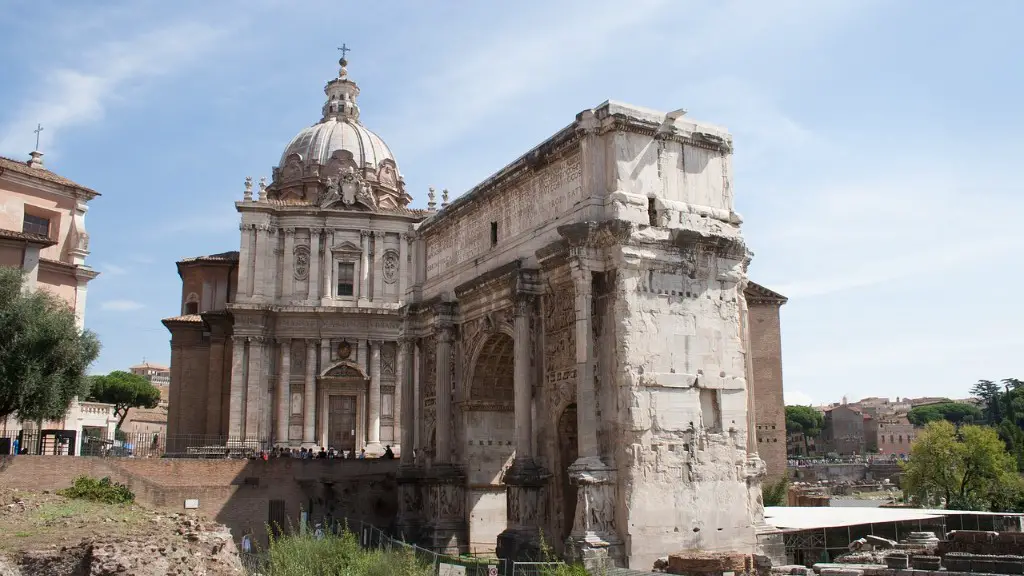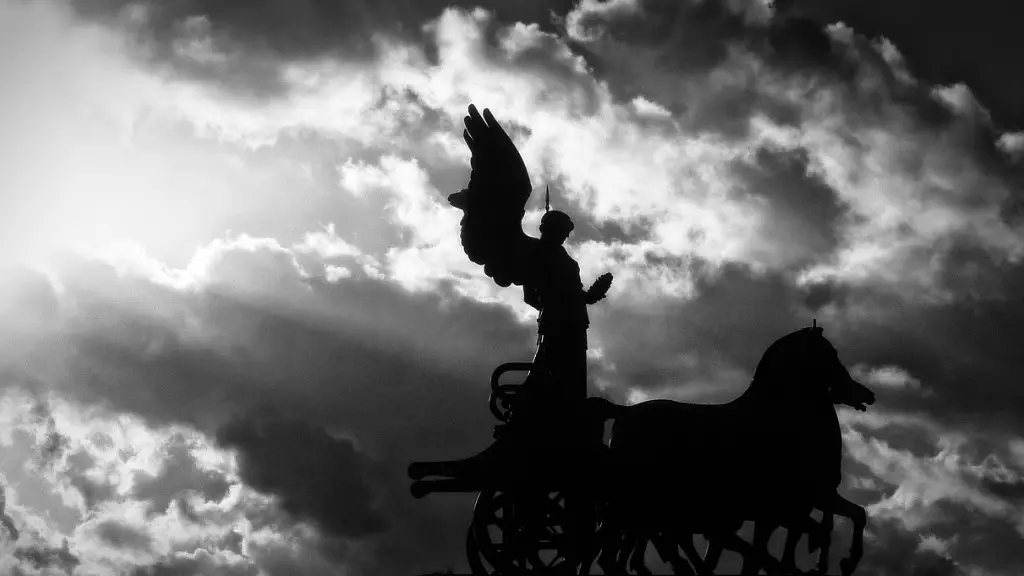A Brief Overview: When Did Ancient Rome Rise and Fall?
Rome was one of the most powerful empires in the ancient world, having a superpower status from the 2nd century BC to the 5th century AD. Dating back to around 753 BC, the city of Rome grew rapidly, becoming the major center of power for the region and a major power on the Mediterranean Sea. The foundation of the city can be traced to three tribes—the Latins, Sabines, and Etruscans. The Roman Republic was founded in 509 BC, with Julius Caesar becoming the first consul. His reforms, along with those made by his successors, allowed Rome to expand its power and influence beyond Italy.
The Height of Roman Power
At its peak, the Roman Empire extended across three continents, controlling lands in Europe, Asia, and Africa. In the 2nd century BC, Rome was engaged in a series of civil wars before solidifying its power under the rule of Julius Caesar. Over the next two centuries, the Republic underwent dramatic social reform and territorial expansion. Under the leadership of Augustus, the Roman Empire achieved its greatest glory, becoming the most powerful state in the ancient world.
Contributions to Society
The Romans are renowned for their achievements in art, engineering, and literature. They also had a strong emphasis on justice, enshrining a set of laws into effect that would become the basis for many other civil codes. Roman engineers used innovative techniques to build aqueducts, bridges, and roads, which allowed its citizens to travel easily between towns and regions. This infrastructure was the basis of trade, allowing the Roman Empire’s economy to flourish.
Economic Decline
Through the late 4th century, Rome had become increasingly unstable due to a combination of external threats and internal economic issues. In 395 AD, the Roman Empire was split into two parts—the western and eastern empires. While the western empire continued to experience instability, the eastern empire was much more prosperous. Over the next two centuries, the western empire descended into economic and political turmoil, eventually leading to its fall in 476 AD.
Cultural Impact
Though Rome had been weakened by the 5th century AD, its enduring legacy was one of infrastructure, literature, and engineering. Roman achievements in architecture and art would later be reimagined in Renaissance Europe, and its legal and political systems shaped the foundations of modern government. Rome’s golden age of literature and philosophy gave rise to influential writers such as Catullus and Cicero, who would inspire generations of writers and thinkers.
The Legacy of Rome
Today, Rome remains an inspiration to many. Its history has continued to influence modern arts, literature, and architecture, while its language and traditions still echo through the centuries. Additionally, the Roman Republic serves as a model of civil government, inspiring political thinkers around the world.
Securing Borders
Throughout its history, the Roman Empire had to defend its borders against external threats. This was especially true when it came to its northern boundaries, where a variety of barbarian tribes frequently invaded and threatened Roman settlements. To protect itself, the Roman Empire invested heavily in fortifications, including Hadrian’s Wall in Britain, and built large standing armies.
Changes in Leadership
As the Roman Empire expanded, leadership became more complex. An emperor was typically in charge, though these positions were filled by a variety of rulers from revered generals to appointed officials. The fall of the western Roman Empire in 476 AD was largely due to a lack of strong leadership and internal conflict among the various ruling families.
Abuse of Power
Rome’s expansive power was often used by its leaders to control, manipulate, and exploit its subjects. Emperors and upper classes were excused from taxes and punishments, while common citizens were subject to high levels of taxation, censorship, and harsh punishments. This led to a number of revolts, with slaves and soldiers uprising to challenge Rome’s oppressive rule.
Social Unrest
The fall of the Roman Empire is often attributed to social unrest, with conflict between the ruling classes and the common citizens eventually leading to the republic’s collapse. The Roman Empire grew quickly and without proper planning, leading to overcrowding and unequal distribution of resources. As a result, the population was discontent and prone to revolt, leading to the fall of the Western Empire in 476 AD.
Devastating Plagues
The Roman Empire was also affected by outbreaks of disease. In the 5th century, the plague of Justinian devastated the empire, killing between 25-30 % of its population. The plague-ravaged citizens were weakened and unable to resist invaders, leading to the fall of Rome and much of Western Europe.
Challenge From Without
In the 5th century, Rome faced challenges from numerous barbarian tribes, including the Ostrogoths, Visigoths, Franks, and Vandals. These Germanic tribes were ferocious warriors, frequently invading Rome and seeking to secure settlements. This pressure, combined with an already weakened Roman Empire, eventually led to the fall of Rome in 476 AD.
Changes in Religion
The rise of Christianity in the 4th century had a drastic impact on Rome. The official adoption of the religion in 380 AD weakened traditional pagan religions, leading to unrest and increased religious persecution. This, combined with civil wars, external threats, and economic decline, contributed to the fall of the Western Roman Empire in 476 AD.



